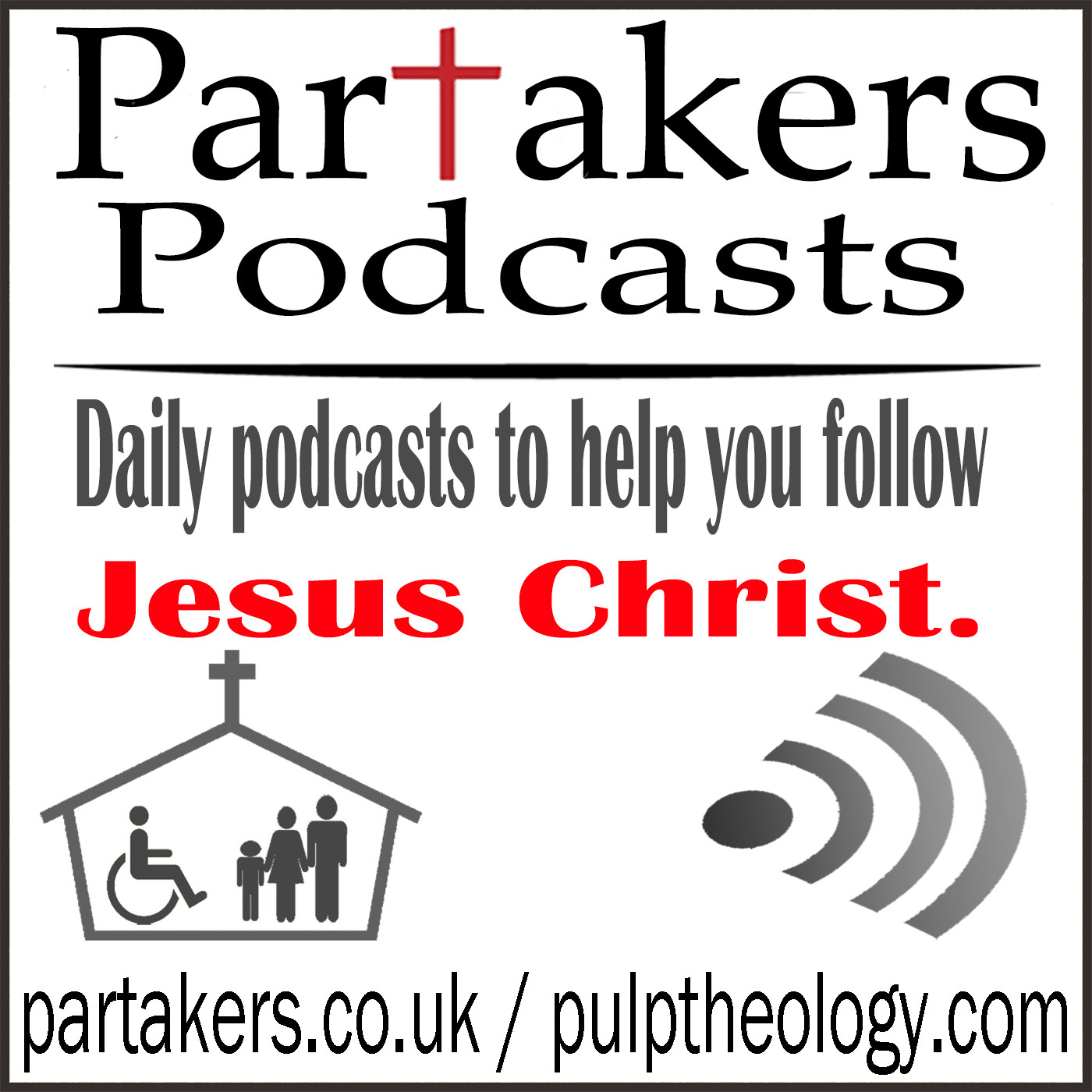
426.2K
Downloads
3365
Episodes
G’day and welcome to Partakers Christian Podcasts! Join us for uplifting Bible teaching, inspiring readings, heartfelt worship, powerful prayers, and fascinating church history. Whether you’re new to faith or growing deeper in your journey, we’re here to encourage and equip you. 🎧 Tune in, interact, and be inspired—wherever you are in the world.
Episodes

Wednesday Oct 15, 2025
Church History Part 5
Wednesday Oct 15, 2025
Wednesday Oct 15, 2025

Part 5
Lets Get Organized and Remain One!
Last time we looked at the expansion of the early church in spite of the endemic persecution by the Roman empire. They were the ‘enemy from outside the church’. But there was also another enemy lurking, two main enemies from within the church! Our first enemy was the systemic disorganization and chaos within leadership and structure of churches. If there is no organization then chaos would rule supreme. That was partly why during this time the Apostle Paul helped form the leadership and organizational structure of the church. We see from his writings that 1st century Church government consisted of a 2 fold order of leadership. ~
- Elders - Presbyteros (Presbyter) - Elder - Jewish background referring to the character & spiritual maturity of the leaders. Episcopos - Bishop - Greek background referring to the role of the elders as overseers or shepherds. These 2 words are used interchangeably in the N.T. (Acts 20:17, 28; Titus 1:5-7; Phil. 1:1). There were a number of bishops or elders in the early Church.
- Deacons - Diakanos (servant/minster) (1 Timothy 3:12-13)
The second century Church government followed a 3 tier order of leadership which consisted of one bishop presiding over a group of elders & deacons. This was mainly towards the end of the 2nd century.
Reasons for the development of the episcopate
- Chairman of the elders.
- Church organisation similar to Roman government.
- Local Church representatives.
- One bishop could trace his authority back to the apostles.
Relationships between the Churches. For the first 3 centuries the local Churches were largely autonomous linked in fellowship without a formal structure. Bishops occasionally met for discussion on doctrinal matters.
Apostolic succession began in the early 2nd century to prevent division and false doctrine entering the Church. Each bishop could trace his teaching back to apostolic origins. Later on, it was said that special powers were said to be passed on to the bishop at his ordination. Despite the formulation of Apostolic succession however, within all this disorganization and chaos, several false and heretical teaching were becoming a threat.
Here are the 5 main heresies of the time which was creeping into the theology and practise of the church.
a. Gnosticism – This was the big one! Gnosis simply means knowledge. The gnostics stressed the intellectual side of Christianity and believed the earth was surrounded by 30 spheres each with its own god. The 'god' god, was on the outer sphere, was totally unknowable, self-existent, infinitely remote and the 'bad' creator was on the inner sphere. The ‘gods’ in each sphere grew more evil as they approached the earth. They taught that the Old Testament ‘god’ was evil and they suggested Jesus Christ came to liberate the divine spark in each one of us. Since they believed that the physical (as in the body) was evil, they lived an austere and ascetic lifestyle. They believed that this knowledge was only available to the spiritually elite. There were 3 levels of Gnostics:
- Pneumatic/Spiritual - Divine or superior people
- Psychic - Those who cannot get beyond faith - prophet/good Jews.
- Hylic - Majority of the human race. Hopeless bondage to satan and their own lusts and desires.
b. Docetism’s philosophy & theology taught that the physical world, the body, was inherently evil. Therefore Jesus Christ could not have taken on real human form because of this concept or philosophy. As a result, Jesus Christ was therefore an allusion or phantom. However, Genesis 1 teaches us that physical creation is 'very good.' This teaching also denies Jesus full humanity. ~
c. Montanism - Stressed the inspirational side of Christianity. In response to formality in the Church, they strongly promoted the more 'exciting' gifts of the spirit especially prophesy, tongues and religious excitement. Montanus their leader claimed to be the mouthpiece of the Holy Spirit. They were probably more fanatical than heretical, but were quickly excommunicated. Montanus was in Phrygia, in Asia Minor, in 172 AD and they also taught against celibacy. ~
d. Marcion - In the 2nd century Marcion taught that the Old Testament was the product of an evil god and eliminated the Old Testament and New Testament references with a Judaistic influence. This encouraged early Christians to examine the Scriptures and find out what really was the Word of God.
e. Notation Schism - Some Christians denied the Lord under severe persecution of Decius (251 AD), but later repented.
The Church split over whether to accept these Christians back into fellowship or not. This division lasted until the 6th century. ~ In one form or another, these heresies are still prevalent today, even within the church, and particularly within all the cults such as Jehovah Witnesses and Mormonism. That is one reason we should be looking at church history so that we don’t make similar mistakes, in both our theology and practise! How will the young church continue to go forward? Well for the answer to that, you will have to wait until the podcast tomorrow!

No comments yet. Be the first to say something!